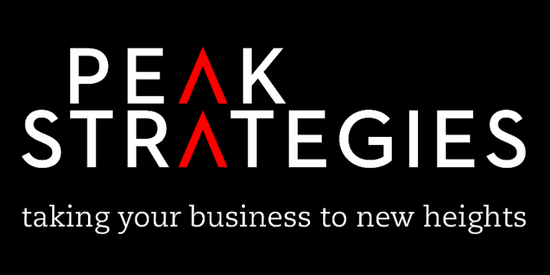As the financial year draws to a close, it’s common for pharmacy owners to start thinking about their tax returns. However, by the time those returns are being completed, it’s often too late to make any significant tax-saving decisions. That’s why it’s so important to start planning now, not just for the immediate filing of your taxes, but for the long-term financial health and success of your pharmacy.
Many pharmacies face unique challenges, from navigating complex regulations to managing cash flow. While tax time is a busy period, it’s essential to bring your focus back to tax planning well in advance of June 30. Early preparation allows you to implement strategies that can significantly reduce your tax burden and set you up for financial success in the coming year.
Here are some of the key areas we recommend considering when planning for next year’s end of financial year (EOFY) and tax obligations:
1. Structure: The Foundation for Tax Efficiency
When planning for the next financial year, one of the most important decisions you can make is choosing the right structure for your business. The structure you choose will impact not only how much tax you pay but also how your assets are protected and how much risk you face.
In the pharmacy industry, ownership structure is particularly important, as it’s influenced by the Pharmacy Act and other regulations. The key structures available to you include:
A Company
A Trust
An Individual
A Partnership
Each structure has its advantages and disadvantages, and the right one for your pharmacy depends on several factors. As a pharmacy owner, you must consider the following when deciding on your structure:
Estimated turnover and net profit
Costs to establish and maintain the structure
Tax rates applied to taxable income within each structure
Protection of business assets
Risk factors associated with your business activities
The potential to access future tax losses
The impact on your personal assets
Every pharmacy and family situation is unique, and restructuring your business for optimal tax efficiency is a highly personalised process. Working with a tax advisor will help ensure that your structure aligns with both your current and future goals, including minimising risk and maximising tax-saving opportunities.
2. Timing: When to Make Strategic Tax Decisions
The timing of certain financial decisions can play a critical role in minimising your tax liability. With careful planning, you can take advantage of time-sensitive strategies that can improve your financial position ahead of June 30. Here are some time-critical strategies to consider:
Defer Income
If possible, consider deferring some income until after June 30 to avoid paying tax in the current financial year. This may involve delaying certain projects or transactions. Keep in mind that this is essentially “deferring” the tax, but it can be beneficial if your current year income is high and you expect lower income in the next financial year.
Prepay Expenses
If your cash flow allows, prepaying up to 12 months of deductible expenses (such as rent, insurance, or subscriptions) before June 30 can help bring forward deductions into the current tax year. This can lower your taxable income and reduce your tax bill, especially if you anticipate higher profits for the year.
Purchase Business Assets
The government has extended the $20,000 instant asset write-off until June 30, 2025, allowing small businesses to immediately deduct the cost of eligible assets purchased for business use. This provides a great opportunity to purchase assets for your pharmacy while securing an immediate tax benefit.
Review Your Depreciation Schedule
Take the time to review your asset register for any obsolete or unused assets. Writing off these assets before the end of the financial year can further reduce your taxable income.
Stock Take
Ensure that a physical stocktake is completed, as discrepancies can affect the value of your inventory and, ultimately, your taxable income. This simple step can avoid unnecessary tax implications and give you a clearer picture of your business’s true financial standing.
Voluntary Superannuation Contributions
Consider making voluntary super contributions before June 30. Currently, you can contribute up to $30,000 as a tax deduction, and if you haven’t used any of your concessional contributions cap over the past five years, you may be able to contribute even more in the current year. However, it’s essential to make these contributions before June 30 and lodge a notice of intent with your super fund to claim the deduction.
3. Tailor Your Strategy to Your Pharmacy's Unique Needs
This list is just a starting point, and the strategies outlined here are general in nature. Tax planning is not one-size-fits-all; it must be tailored to your specific circumstances. Whether you’re looking to reduce your tax liability, improve cash flow, or safeguard your assets, working with an experienced accountant who understands the nuances of the pharmacy industry is crucial.
By planning now for next year’s EOFY, you can set your pharmacy up for long-term financial success. Proactive tax planning ensures that you’re not just reacting to your financial situation at the last minute but instead taking control of your business’s future.
Final Thoughts
The key to financial success in the pharmacy industry is careful preparation and strategic tax planning. By understanding the tax planning strategies available and implementing them throughout the year, you can minimise your tax burden and set your pharmacy up for sustainable growth. Reach out to our team now to start building your tailored tax strategy for the upcoming financial year, and ensure you’re well-prepared for the challenges and opportunities ahead.
